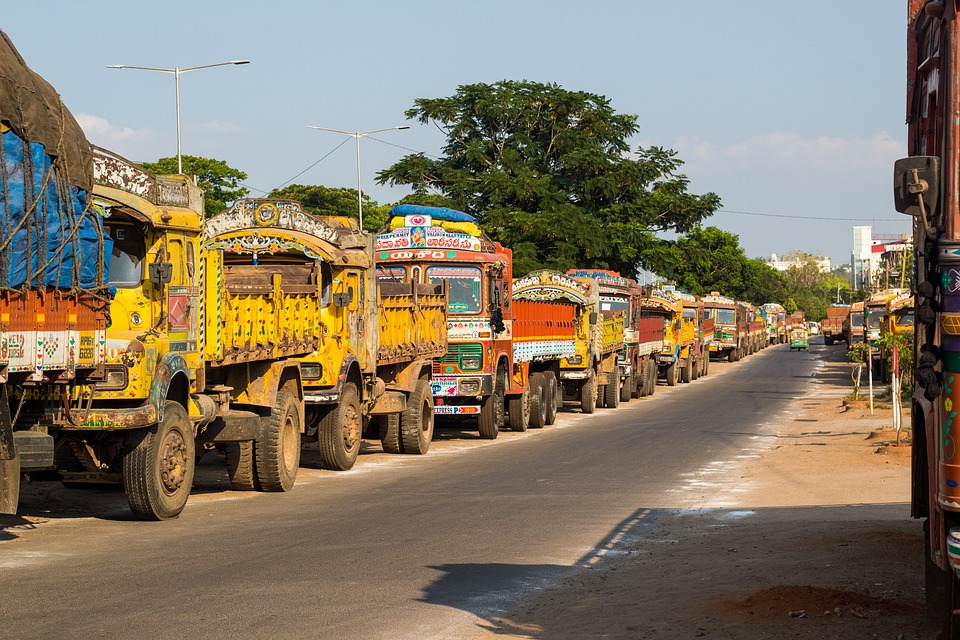The biggest tax reform since independence, Goods and Service Tax (GST) is set to be implemented from July 1, 2017, and is touted to have a far-reaching impact on our economy. However, many people are still in a fix as to what GST will construe for them. Below, we are breaking down the new tax structure in 5 easy to underst and points;
What is GST?
GST is the new indirect tax regime that would be applicable on the supply of goods and services. The present prevalent concepts of service tax, excise, VAT/CST, local taxes such as octroi, luxury tax would be subsumed in GST. Customs is outside the purview of GST, and hence basic customs duty would continue to be levied on imports.
Real estate (except l and leasing), alcohol and electricity will not be covered under GST. Petroleum will be zero rated. Excise duty and VAT will be imposed on it.
There would be dual GST. Central GST (i.e. CGST) would be levied by centre and State GST (i.e. SGST) by the states. Integrated GST (i.e. IGST) would be levied on inter-state supplies by the Centre and further transferred to the destination state.
Five slabs have been approved – 0%, 5%, 12%, 18% and 28%. All cess and surcharges except for the cess on demerit, luxury and polluting items such as tobacco, luxury cars, aerated drinks and coal, will be subsumed in GST. However, the said cess will be there only for first five years for compensating states for any revenue loss due to GST.
Applicability
GST applies to all businesses including trade, commerce, manufacture, profession, vocation or any other similar activity providing goods or services. It does not apply to salaried individuals.
GST applies to all persons including individuals, HUF, company, firm, LLP, AOP, co-operative society, society, trust, etc. However, GST does not apply to Agriculturists.
Registration
It is m andatory for the person to register if the turnover in a financial year exceeds Rs. 20lakhs (Limit is Rs 10lakhs for special category states). However, in case of the following cases, the person compulsorily needs to register irrespective of turnover;
- Those making inter-state supply of goods/services i.e. supplier is based in one state and sell goods/services to a receiver in another state
- Any person who supplies goods/services in a taxable territory (territory where GST is applicable) with no fixed place of business there is referred to as casual taxable persons. Registration issued to such a person will be valid for 90 days
- A non-resident taxable person, i.e. person who supplies goods/services with no fixed place of business in India. Registration issued to such a person will be valid for 90 days
- A person who deals in goods and services on which reverse charge is applicable. Reverse charge mechanism implies the person receiving the goods/services has to pay tax and not the supplier
- Person who sells goods on behalf of other registered taxable person i.e. an agent
- E-Commerce Operator i.e. person who sells online through your website or through an operator like Amazon etc
- Distributors or input service distributors
- Aggregator supplying services under his br and name. ‘Aggregator’ means a person, who owns and manages an electronic platform, and enables a potential customer to connect with the persons providing service of a particular kind under the br and name or trade name of the said aggregator.
- The person supplying online information and access to database from a place outside India to a person other than a registered taxable person in India.
As registration under GST will be state wise, registration needs to be obtained for each state separately. Moreover, having PAN will be a prerequisite for obtaining registration.
Collection, Payment and Input credit
Only a registered taxable person can collect GST. GST amount needs to be mentioned on tax invoices.
GST needs to be paid at the time of supply of goods and services. The time is the earliest of the three, receiving payment, issuance of invoice or completion of supply. Taxes have to be paid by the 20th of the succeeding month.
Input tax credit means refund for taxes paid on input goods/services and this would be done on each stage so that there is no cascading effect on tax. CGST would be allowed against CGST and IGST, SGST against SGST and IGST and IGST against IGST, CGST and SGST.
Returns
As per the present underst anding, three returns have to be submitted by a normal taxpayer monthly and one such return annually in the following manner;
- Statement of outward supplies – by 10th of next month of sale
- Statement of inward supplies or inputs – by 15th of next month
- Returns – by 20th of the next month, matching inward and outward supplies and claims on input tax credit.
- Annual return by 31 December
- GST reconciliation statement to be duly filed by the chartered accountant
All returns have to be filed online. However, there is a clarification awaited on the statement that probably there would be only one return with three parts, out of which the first part has to be filed by the dealer and two other parts auto-populated by computer.


























